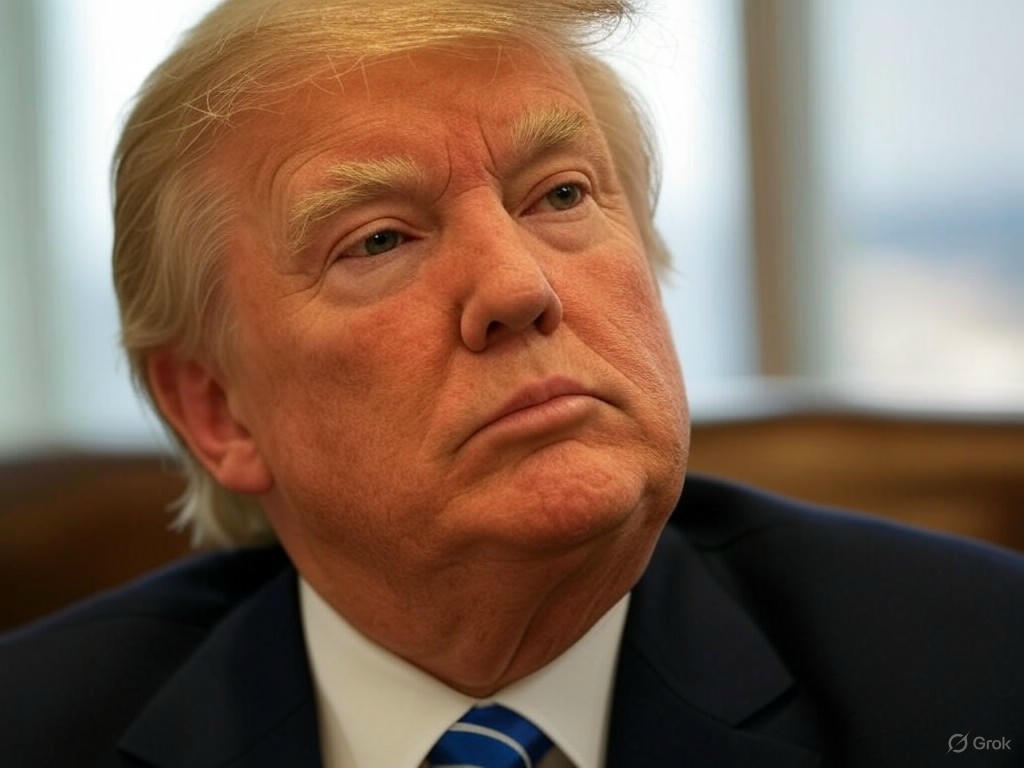Oil Markets on Edge: Trump’s Iran Policy Sparks Uncertainty and Price Fears
The global oil market is caught in a whirlwind of uncertainty as geopolitical tensions in the Middle East intensify under President Donald Trump’s unpredictable foreign policy toward Iran. Recent U.S. military actions, including airstrikes on key Iranian nuclear facilities, have sent shockwaves through the energy sector, leaving traders and analysts scrambling to predict the fallout. With the potential for supply disruptions looming large, the stakes couldn’t be higher for an industry already grappling with volatility.
The latest escalation began when American jets targeted three of Iran’s primary nuclear sites, a bold move that has dramatically heightened fears of a broader conflict. Oil traders, who rely on stability in the region for consistent supply chains, are now bracing for a potential spike in crude prices. Iran, a significant player in the global oil market despite years of sanctions, sits at the heart of a region that produces a substantial share of the world’s energy. Any disruption to its output—or worse, a retaliatory strike on neighboring oil-rich nations—could send prices soaring, impacting economies worldwide. Analysts are keenly watching the Strait of Hormuz, a critical chokepoint for oil shipments, where even a temporary closure could wreak havoc on global supply.
What complicates matters further is the lack of clarity surrounding Trump’s next steps. His administration’s approach to Iran has been marked by abrupt shifts, oscillating between threats of military action and hints at diplomatic outreach. This unpredictability has left market participants in a state of limbo, unable to confidently forecast whether the situation will de-escalate or spiral into a full-blown crisis. Some traders are hedging their bets by stockpiling contracts, while others warn of overreaction, pointing to Iran’s limited capacity to sustain prolonged conflict. Yet, the consensus remains that the risk of a price surge is real, especially if other OPEC nations get drawn into the fray or if sanctions tighten further.
Beyond the immediate market impact, the broader implications of this standoff are profound. Energy-dependent nations are reevaluating their reliance on Middle Eastern oil, accelerating discussions around alternative energy sources and diversification of supply. Meanwhile, consumers may soon feel the pinch at the pump if prices continue their upward trajectory. For businesses, the ripple effects could mean higher operational costs, potentially stoking inflation in an already fragile global economy.
As the world watches Trump’s next move, the oil market remains a high-stakes chessboard where every decision—or lack thereof—carries immense consequences. Traders are left to navigate a landscape fraught with unknowns, balancing the fear of disruption against the hope for resolution. For now, the only certainty is that the intersection of politics and petroleum will continue to dominate headlines, with the potential to reshape the energy sector for years to come. The question remains: will stability prevail, or are we on the brink of an unprecedented crisis?


